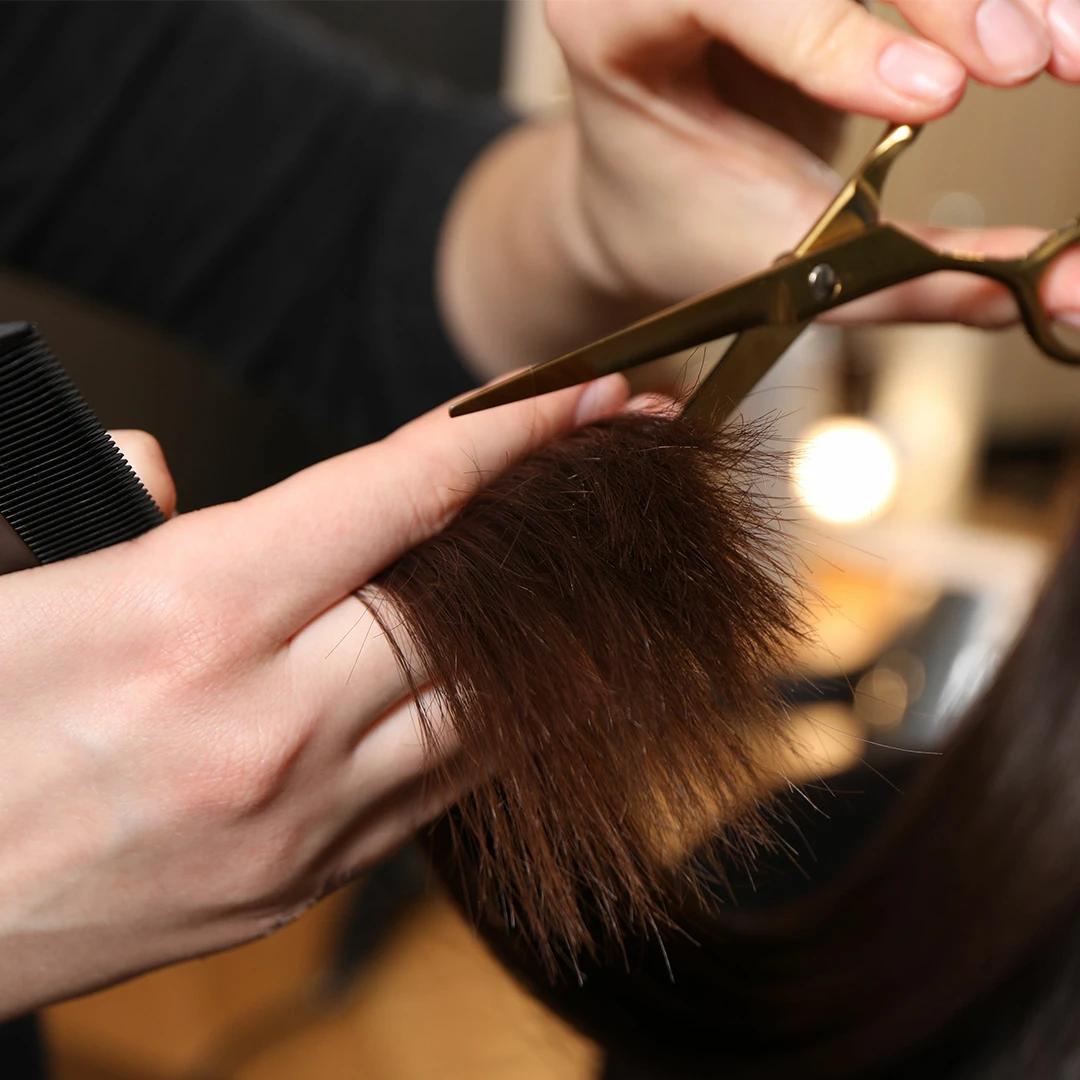Long hair and layers? That combo's been having a moment for ages, and for good reason. A step cut for long hair is like giving your locks a complete personality makeover—think cascading layers that add movement, volume, and that effortless bounce everyone's after. It's not just about chopping off length; it's about creating dimension and shape that works with your natural texture. Whether you're dealing with flat, lifeless strands or want to frame your face beautifully, this cut might just become your new fave. Ready to discover everything you need to know about nailing the perfect step cut?
Understanding the Step Cut for Long Hair
A step cut is basically a layered haircut for long hair that creates distinct, graduated layers—think of it like steps on a staircase, hence the name. Unlike blunt cuts that keep everything at one length, this technique involves cutting different sections at varying lengths to create texture and movement. The beauty of this long hair shaping technique lies in how it adds dimension without sacrificing too much length.
What makes it particularly brilliant for long hair is how it tackles common issues like weight and flatness. Long hair can sometimes feel heavy and lifeless, but cascading layers for long hair instantly add bounce and swing. The cut works by removing bulk from specific areas while maintaining length, creating natural movement that makes your hair look fuller and more dynamic. It's essentially a volume-boosting haircut that gives you the best of both worlds—keeping your length while adding serious texture.
Preparation for Your Step Cut
Before you book that appointment, there's some groundwork to cover. Getting the right cut starts with understanding what works for you specifically. Your hair type, face shape, and lifestyle all play a part in determining whether this textured long hairstyle will be your perfect match.
Hair Type and Face Shape Assessment
Your hair's natural texture determines how the layers will fall and behave. Fine hair benefits massively from this cut because the layers create an illusion of thickness and volume. Thick hair gets thinned out strategically, making it more manageable while adding movement. For face shapes, step cuts are incredibly versatile—the face-framing layers can be adjusted to complement different features beautifully.
Finding the Right Stylist
This isn't the time to try someone new just because they're convenient. Look for a stylist who specialises in layered cuts and has a portfolio showing their work. Ask to see before and after photos of step cuts they've done on hair similar to yours. Don't be shy about discussing your lifestyle and styling preferences—this information helps them tailor the cut perfectly.
Step-by-Step Guide to Getting the Perfect Step Cut
The actual cutting process is where the magic happens. Understanding what goes on during your appointment helps you communicate better with your stylist and know what to expect. This isn't a quick trim—it's a detailed process that requires skill and precision.
Consultation and Hair Analysis
Your stylist will start by examining your hair's condition, texture, and natural growth patterns. They'll discuss your face shape, lifestyle, and styling habits. This analysis determines the placement of layers and how dramatic the steps should be. Be honest about your styling routine—if you're not someone who spends ages on hair, mention that you want low-maintenance long haircuts.


 1 unit
1 unit 1 unit
1 unit